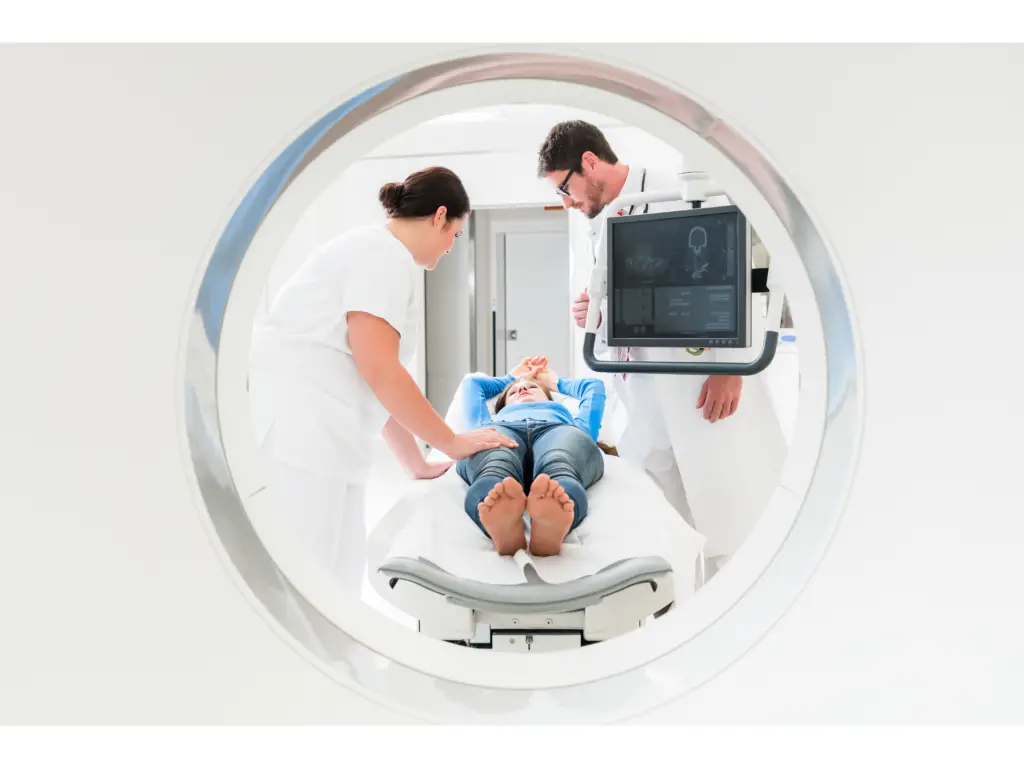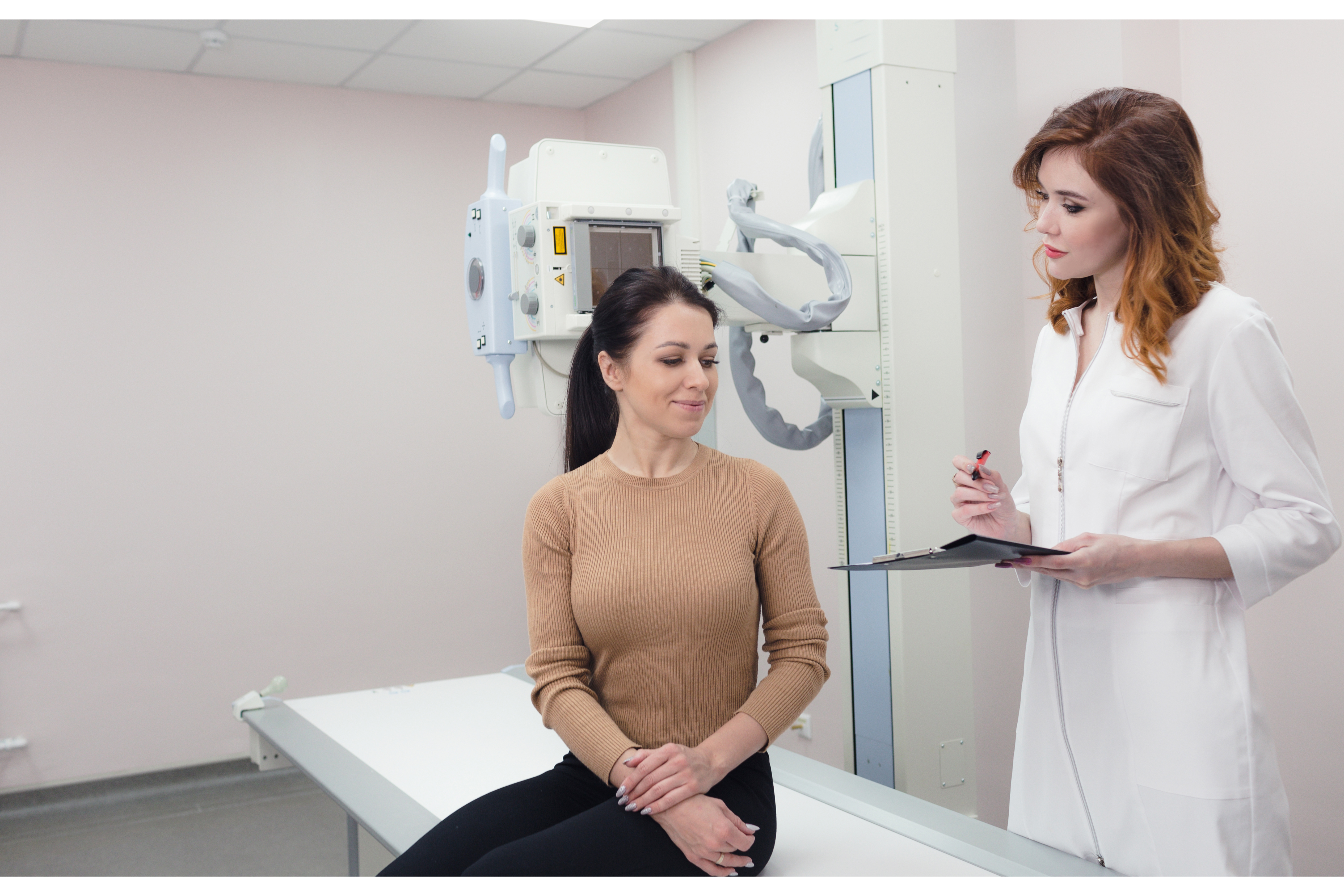The field of radiologic technology plays a crucial role in modern healthcare, blending cutting-edge technology with compassionate patient care. This article delves into the multifaceted nature of the profession, exploring the technical challenges, the paramount importance of safety, the emotional rewards, and the endless opportunities for growth that define radiologic technology. As we navigate through the nuances of this vital medical field, we gain a deeper understanding of the dedication and expertise required to succeed as a radiologic technologist.
Navigating the Technical Terrain
Radiologic technologists, often unseen, are the backbone of diagnostic imaging. Their expertise in managing X-rays, MRIs, and CT scans is unparalleled, enabling them to provide essential information crucial for diagnosis and treatment. The mastery of these complex imaging technologies is a testament to their dedication and skill. However, this expertise does not come overnight. It is the result of rigorous training, a deep understanding of physics, and a relentless pursuit of precision.
Understanding the intricacies of each imaging modality requires a blend of technical acumen and practical experience. Radiologic technologists must not only understand how machines work but also how to optimize them for each specific patient scenario. This involves adjusting imaging parameters and positioning patients correctly to ensure the best possible image quality while minimizing exposure to radiation.
Continuous education is another cornerstone of their profession. As technology evolves, so must they. This means staying abreast of the latest advancements in imaging techniques and safety protocols. The field demands a commitment to lifelong learning to provide the safest and most effective patient care. Furthermore, adaptability is crucial as they often work in fast-paced environments where they must make quick, informed decisions.
Despite these challenges, the satisfaction derived from producing clear, diagnostic images is immense. Knowing that their work directly contributes to patient care and can even save lives is a significant motivator. This sense of accomplishment fuels their dedication and passion for the field, making every hurdle worth overcoming.
The Human Connection
Radiologic technologists do much more than just operate machines; they provide a human touch in times of uncertainty. Their role extends beyond technical tasks to encompass patient care and comfort. They are often the ones who guide patients through the imaging process, which can be intimidating or stressful. By explaining procedures clearly and offering reassurance, they help alleviate patients’ fears and anxieties.
The empathy and understanding radiologic technologists exhibit can significantly impact a patient’s healthcare experience. Their ability to combine technical skill with compassionate care is what sets them apart. This dual focus ensures that patients feel seen and heard, transforming what could be a cold, clinical interaction into a warm and reassuring encounter.
Moreover, their patient-centric approach extends to tailoring each examination to meet individual needs while maintaining the highest standards of safety and quality. They act as the patient’s advocate, ensuring that each procedure is conducted with the utmost care and respect for the individual’s well-being.
Safety First: Navigating Radiation Risks
In the realm of radiologic technology, safety is not just a guideline; it is the cornerstone of the profession. Technologists possess an in-depth knowledge of radiation safety protocols, a critical component of their training and daily practice. This knowledge ensures the well-being of patients, protecting them from unnecessary radiation exposure, and extends to safeguarding themselves and their colleagues. The meticulous application of these protocols demonstrates the technologists’ unwavering commitment to safety, underscoring the profession’s integrity and sense of responsibility.
Radiologic technologists employ a range of strategies to minimize radiation exposure, adhering to the ALARA principle — As Low As Reasonably Achievable. This involves using the least amount of radiation necessary to achieve diagnostic-quality images, optimizing imaging parameters, and employing shielding when appropriate. Their vigilance in monitoring and controlling exposure levels showcases their dedication not only to patient safety but to public health as well.
Furthermore, their role in educating patients about the safety measures and the importance of radiation safety cannot be overstated. By demystifying the process and communicating the steps taken to ensure safety, technologists empower patients, alleviating concerns and fostering trust. This educational aspect of their job highlights the technologists’ role as advocates for patient safety and health.

The Reward of Making a Difference
For radiologic technologists, the rewards of their profession transcend financial gains or recognition. The most profound gratification comes from knowing that their skills and efforts have a direct impact on patient care and outcomes. Witnessing the tangible results of their work—whether through aiding in the diagnosis of a critical illness or capturing images that lead to life-saving surgery—affords them a sense of purpose and fulfillment that is unmatched.
The emotional and psychological rewards of helping patients and contributing to their treatment journey are immense. Radiologic technologists often find joy in the simple acts of service, whether it’s providing a comforting word, seeing a patient’s relief after a successful diagnosis, or being part of a team that cures a disease. These moments underscore the significant, albeit often behind-the-scenes, role they play in healthcare.
Continuous Growth and Opportunity
The field of radiologic technology is characterized by its dynamic nature and continuous evolution. This ever-changing landscape offers technologists a myriad of opportunities for professional development and career advancement. From specializing in different imaging modalities such as MRI, CT, or mammography, to engaging in research and contributing to advancements in the field, the possibilities are vast.
The commitment to lifelong learning is a hallmark of the profession, with technologists regularly updating their knowledge and skills to stay at the forefront of technological and medical advancements. This environment of continual learning and growth not only enhances their capabilities but also ensures that patients receive the highest standard of care.
Moreover, the pathway to advancement within radiologic technology is remarkably diverse, providing multiple career trajectories. Technologists can transition into educational roles, teaching the next generation, or step into leadership and administrative positions, influencing practice and policy. This diversity in career options ensures that technologists can find a path that aligns with their interests, strengths, and aspirations, making the field a profession and a lifelong journey of discovery and impact.
Conclusion:
In conclusion, the journey of a radiologic technologist is marked by a unique blend of challenges and rewards. From mastering sophisticated imaging technologies and adhering to stringent safety protocols to making a significant impact on patient care and embracing continuous professional development, radiologic technologists are indispensable to the healthcare system. Their commitment to excellence, patient safety, and lifelong learning not only advances the field of radiology but also ensures the highest standards of health care for all. As we look to the future, the field of radiologic technology continues to offer a promising and fulfilling career path for those dedicated to making a difference in the lives of others.

